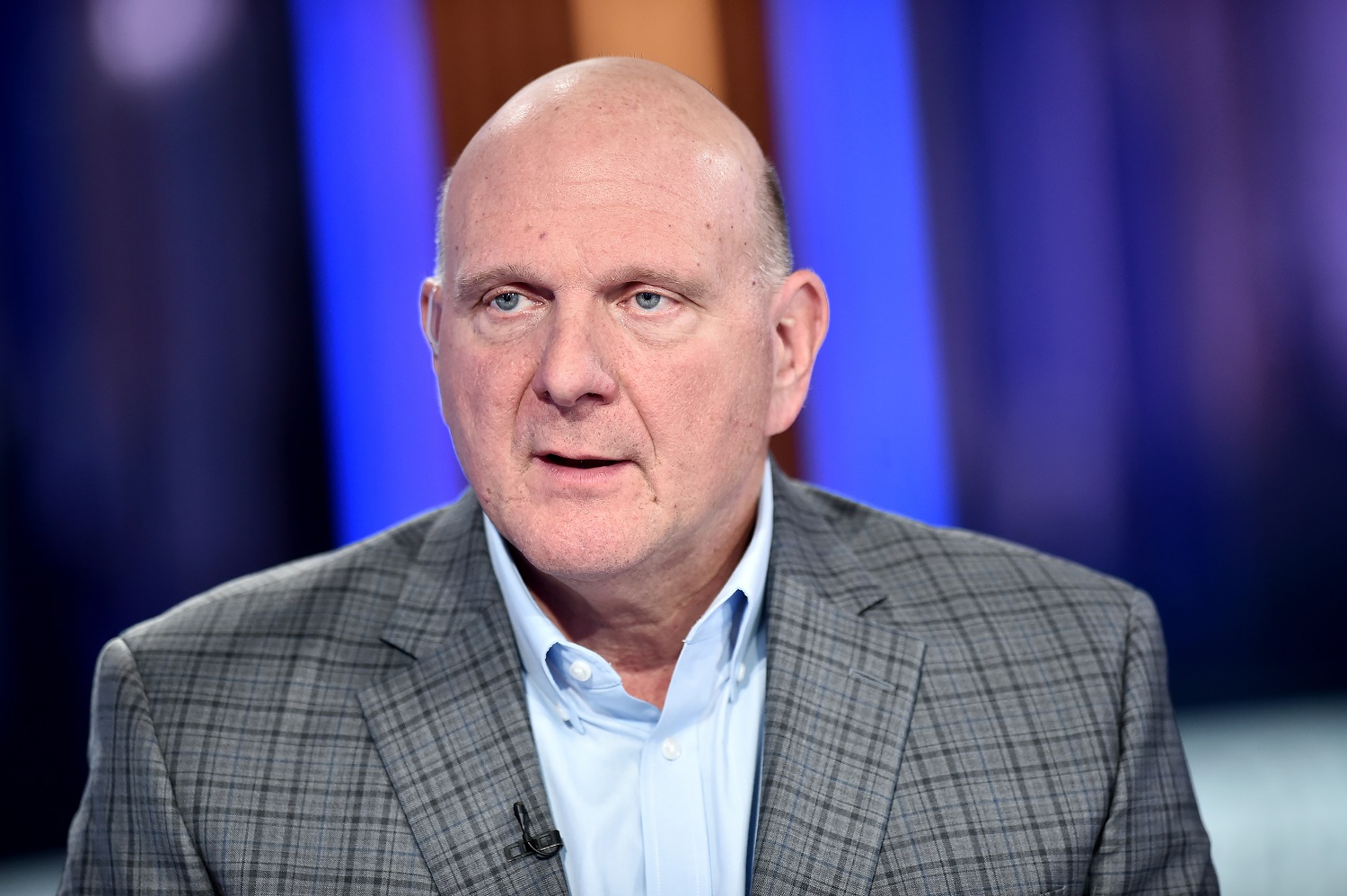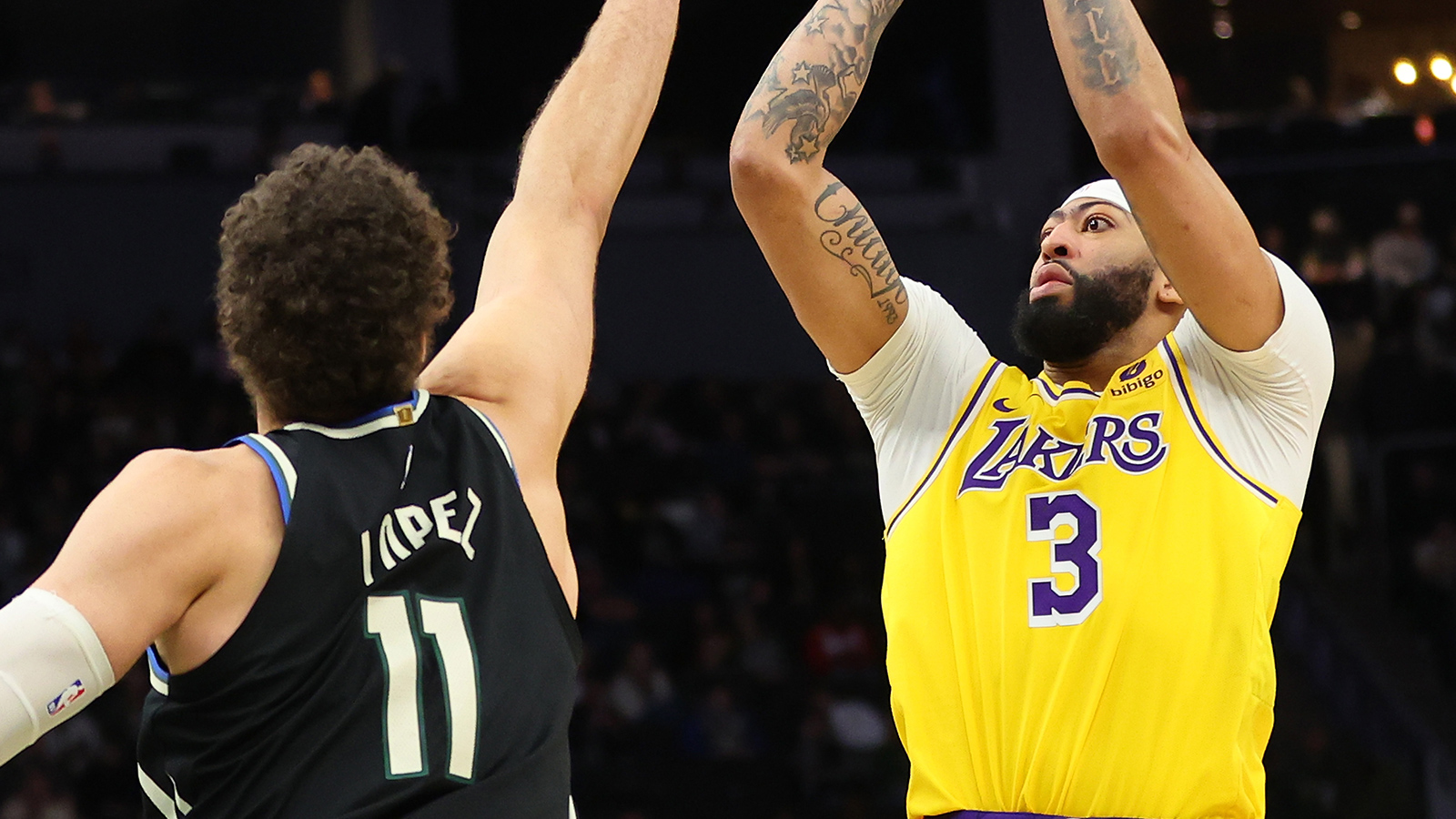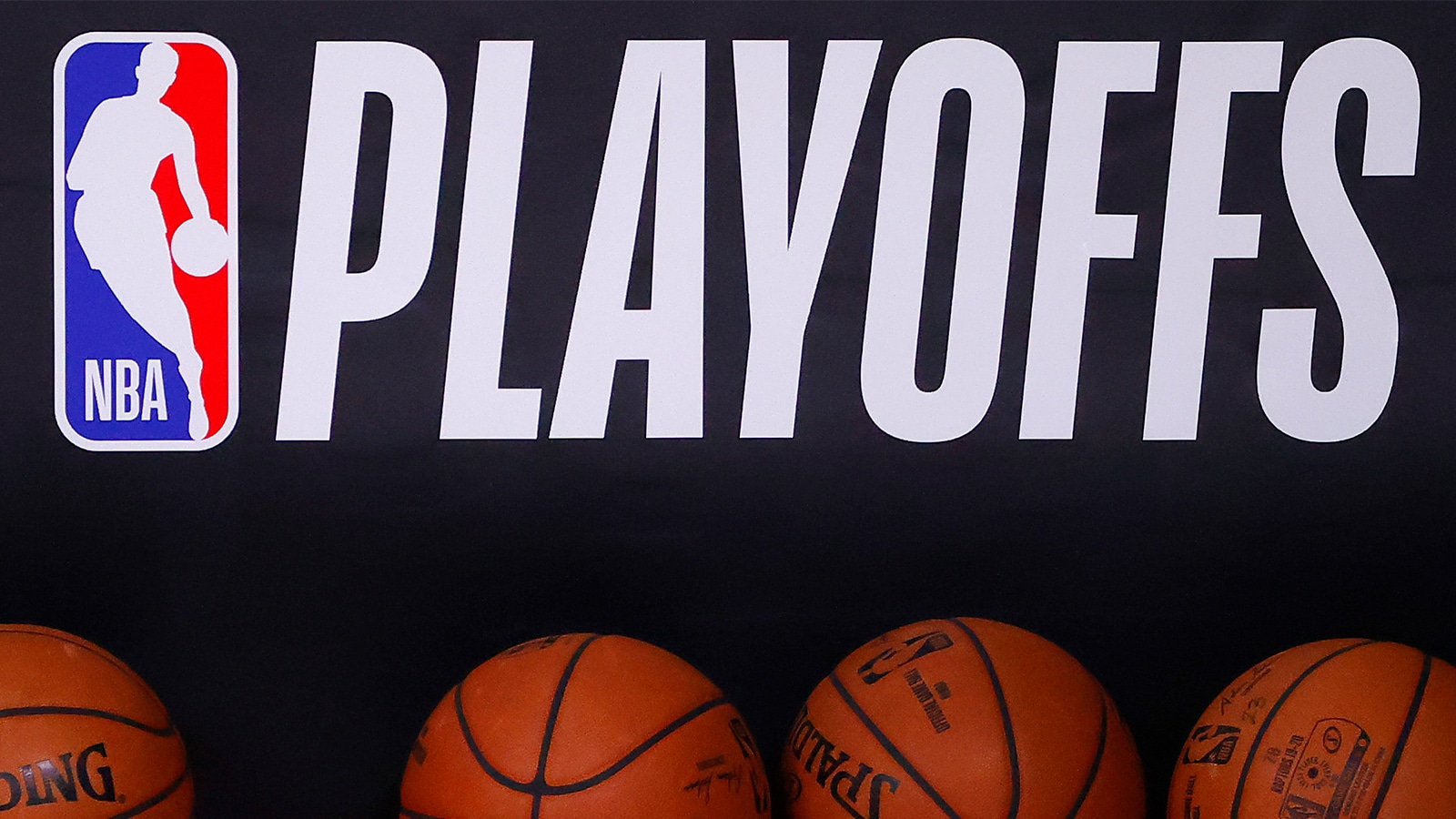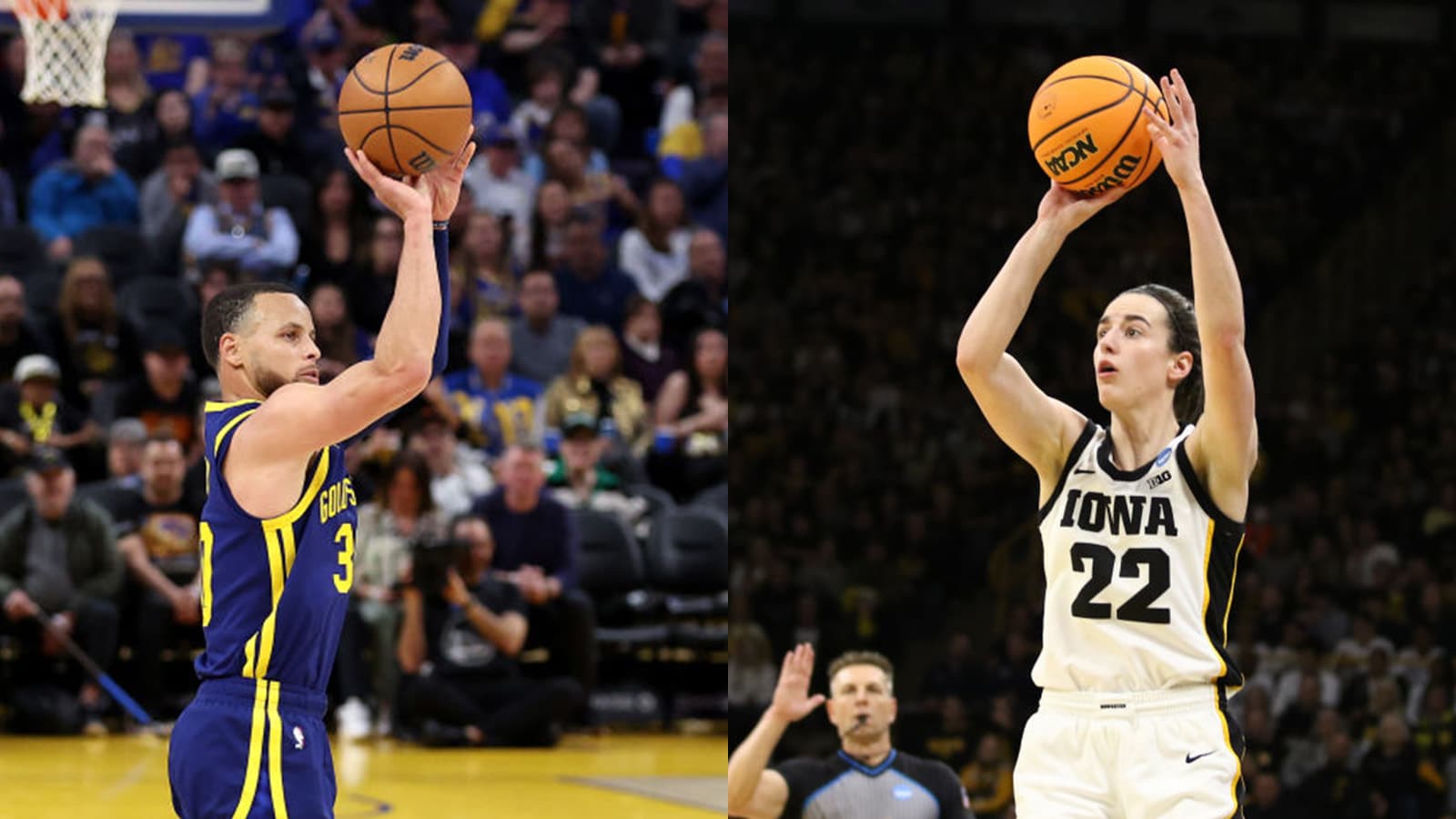
Clippers Owner Steve Ballmer’s Idea After George Floyd’s Death Proves He Cares
NBA players like Stephen Curry and LeBron James have been among the leaders in sports when it comes to social activism, and San Antonio Spurs coach Gregg Popovich is as outspoken as they come when it comes to issues. But there’s a perception among some that owners care less, which is dead wrong in the case of Steve Ballmer of the Los Angeles Clippers.
Baller has opened his wallet to fund a program that might be unprecedented in any major U.S. sport.
Microsoft made Steve Ballmer wildly rich
Long before plunking down an astronomical amount of money to buy the Los Angeles Clippers, Steve Ballmer spent most of his adult life working for a company that made what he paid for the NBA team look like petty cash.
Ballmer didn’t get in at Microsoft on the ground floor, but he was there earlier than most. Recruited by Bill Gates at the age of 24 in 1980, Ballmer rose to the rank of president of the software giant in 1998. He replaced Gates as the CEO in 2000 and stayed in that position until retiring early in 2014.
As Microsoft grew into a monster in business and technology – its current market cap is in excess of $1.5 trillion – Ballmer grew enormously rich. As of this spring, Forbes had him listed as the 16th richest person in the world at $63.6 billion.
Steve Ballmer found new purposes in life
As his time at Microsoft was winding down, Ballmer and his wife Connie made several noteworthy charitable and educational contributions, including donations of $50 million to the University of Oregon’s $2 billion fundraising campaign and $60 million to Harvard’s computer science department.
In 2015, the couple founded the Ballmer Group, which has become their primary philanthropic organization. Its stated focus at the time was to improve the lives of children and families across the country. After seeing research into economic challenges that black males face, Ballmer Group expanded its objectives to include identifying and fighting structural racism. The organization says it has given more than $300 million in the last three years to fund the work of more than 70 non-profits, the Los Angeles Times reported.
Ballmer’s other passion as he headed toward retirement was already apparent: He wanted to own a professional sports team. That quest began in 2012 when he joined a group proposing to build a new Seattle arena that could potentially lure NBA and NHL franchises.
The group took a run at buying and relocating the Sacramento Kings in 2013. When that failed, Ballmer pounced on the opportunity to purchase the Los Angeles Clippers when the league forced the controversial Donald Sterling to sell in 2014. His $2 billion offer was the second-highest price ever paid for a U.S. team, lagging only the Los Angeles Dodgers’ sale two years earlier.
The Ballmer Group makes a bold charitable move
Steve Ballmer’s Los Angeles Clippers, 44-20 when the NBA season was interrupted, are headed to the playoffs for the fifth time in six years.
Coach Doc Rivers recalled a conversation with the new owner shortly after Ballmer took over. Rivers knew Ballmer’s background with Microsoft but asked what he was now doing besides owning the Clippers.
“His answer was incredibly simple, but shocking,” Rivers said. “He said, ‘I give money away.’ It made me sit up, like, well, pardon me?”
Ballmer wants that philanthropic mindset to extend throughout the organization. After being approached by players and staff wanting to take some form of action after the killing of George Floyd in Minneapolis, Baller started a new policy for the Clippers, their G League affiliate, and arena staff. Employees can give $15,000 a year to nonprofit agencies or schools and get the amount doubled by the Ballmers.
Such programs are virtually unheard of in sports. And when they exist in other businesses, the matching amount is often capped at a much smaller level. What Steve Ballmer is doing shatters that model.
“I’ve never been with an organization in 30 years where that’s been done,” Rivers said.



